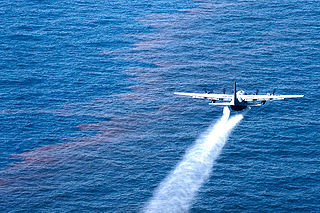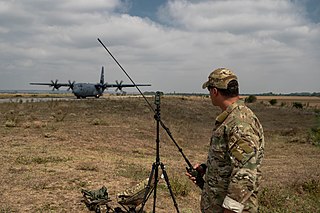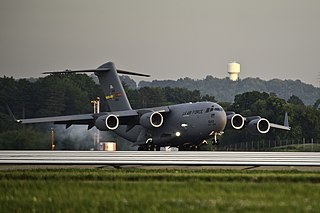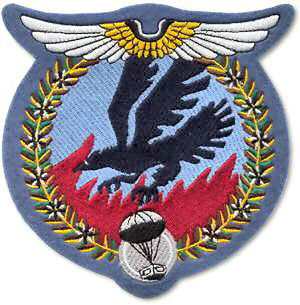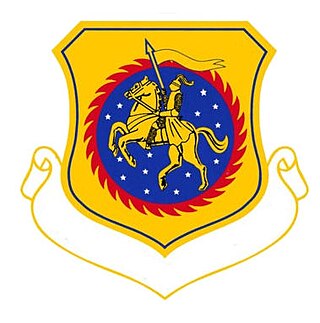730th Air Mobility Training Squadron  | |
|---|---|
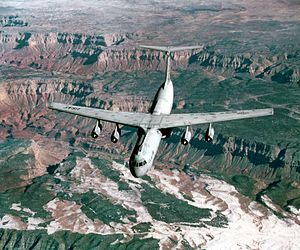 C-141B Starlifter of the 452d Air Mobility Wing over the Grand Canyon | |
| Active | 1943–1945; 1947–1952; 1952–2005; 2012–present |
| Country | |
| Branch | |
| Role | Mobility training |
| Part of | Air Force Reserve Command |
| Garrison/HQ | Altus Air Force Base, Oklahoma |
| Engagements | European Theater of Operations |
| Decorations | Distinguished Unit Citation Air Force Outstanding Unit Award Republic of Korea Presidential Unit Citation Republic of Vietnam Gallantry Cross with Palm |
| Insignia | |
| 730th Air Mobility Training Squadron emblem |  |
| 730th Airlift Squadron emblem [lower-alpha 1] [1] |  |
| Patch with 730th Military Airlift Squadron emblem [lower-alpha 2] [1] | 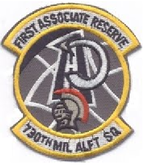 |
| Patch with 730 Bombardment Squadron emblem [lower-alpha 3] [2] |  |
| Unofficial 730th Bombardment Squadron emblem (World War II) [3] | 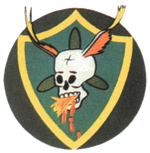 |
| World War II fuselage code [4] [lower-alpha 4] | 6K |
The 730th Air Mobility Training Squadron is an Air Force reserve unit stationed at Altus Air Force Base, Oklahoma, where it trains airmen on Boeing C-17 Globemaster III, Boeing KC-135 Stratotanker and Boeing KC-46 Pegasus aircraft systems. It is assigned to the 507th Operations Group at Tinker Air Force Base, Oklahoma, but performs its training mission under the direction of the 97th Air Mobility Wing of Air Education and Training Command.
Contents
- Mission
- History
- World War II
- Reserve duty and Korean War call-up
- Reconnaissance and bombardment in the reserves
- Tactical airlift
- Activation of groups under the wing
- Strategic airlift
- Air mobility training
- Lineage
- Assignments
- Stations
- Aircraft
- Awards and campaigns
- See also
- References
- Notes
- Bibliography
- External links
The squadron was first activated as the 730th Bombardment Squadron in 1943. After training in the United States with the Boeing B-17 Flying Fortress, the squadron deployed to the European Theater of Operations, participating in the strategic bombing campaign against Germany. It earned a Distinguished Unit Citation (DUC) during an attack on a German jet fighter base near Kaltenkirchen in April 1945. Following V-E Day, the squadron returned to the United States and was inactivated.
The squadron was activated again in the reserves in 1947. Two years later, it began to train with Douglas B-26 Invaders. In August 1950, the squadron was one of the first reserve units mobilized for the Korean War. After filling its ranks and undergoing intensive training, the squadron deployed to Far East Air Forces and began flying combat missions. It was awarded two additional DUCs for its operations in Korea. In May 1952, the squadron was inactivated and its personnel and equipment were transferred to a regular unit that was simultaneously activated.
The squadron was activated in the reserves again two months later as the 730th Tactical Reconnaissance Squadron. It returned to the light bomber mission in 1955, but the Air Force's reserve units were converting to the airlift mission, and the squadron became the 730th Troop Carrier Squadron in July 1957, and in 1968 became one of the first reserve associate units. It continued its airlift mission until inactivating in 2004. It was reactivated with its current training mission in 2012.




